
Although it may seem hard to believe, most Peruvians and tourists know very little about the different pre-Columbian cultures of Peru, except for the Inca Empire and its iconic citadel: Machu Picchu. Many were not even aware that there were dozens of cultures in Peru prior to the Incas, and that they had a significant influence on them. The Moche Culture, which dominated northern coastal Peru from AD 100 to 700. C., is one of these impressive ancient civilizations. The finding of the Lord of Sipan consists of a completely intact tomb of a Moche ruler, considered one of the most transcendental archaeological discoveries of Peru and America.

Huacas, natural or man-made monuments of special religious significance, were used by many cultures throughout Peru, including the Moche. Huaca Rajada, the huaca where the tomb of the Lord of Sipán was discovered, consists of two small adobe pyramids and a low platform. Authorities first learned of the tomb in 1987, when a disagreement between two grave robbers led to its discovery by police, who raided the site and recovered most of the tomb’s precious objects.
This was what generated so much impact nationally and internationally. Tomb robbing is a big problem in Peru, so it was quite rare for archaeologists to have access to a tomb that was nearly complete like the one found at Huaca Rajada. What the archaeologists found when they arrived was the 1.63 meter tall mummified skeleton of a man, along with the remains of six other people and a veritable trove of jewels and other riches.
The Lord of Sipan, as he was called, was adorned with headdresses, necklaces, a face mask, a pectoral, earrings, and nose rings; all made of gold or other precious metals. The tomb also contained a total of 451 offerings and ceremonial items, including ornate pottery, textiles, knives, seashells, and animal sacrifices. Most of these objects can be admired in a replica of the original tomb located on the first floor of the Royal Tombs of Sipan Museum.

Using these new discoveries, along with prior knowledge of the Moche Culture, archaeologists and historians began to piece together a picture of the life of this 1,700-year-old ruler. He would have been between 35 and 55 years old at the time of his death, which matched the average life expectancy of the Moche civilization at the time.
He was probably seen by his subjects as a deity, and they would have seen him in the same attire he wore when buried: gold and other precious metals. His entourage in the tomb includes a guard with one foot amputated (to prevent him from abandoning his post), a boy, two warriors, and three women, presumably wives or concubines. There was also a dog, which may have been the favorite pet of the Lord of Sipan, and two llamas, which were probably offerings.
The following year, in 1988, a second tomb was found and excavated near that of the Lord of Sipan. This contained an individual who archaeologists concluded was also a Moche priest, second only in status to the Lord of Sipan, surrounded by a guardian and two women. He was buried with numerous ritual objects, including a cup or bowl to collect the blood of sacrificial victims, a metal crown adorned with an owl with outstretched wings, and other items associated with moon worship. Around her neck she wore a necklace made of small gold pendants with human faces sporting a variety of expressions.
Researchers from the Brüning National Archaeological Museum discovered in 1989 the tomb of the so-called “Old Lord of Sipan”, very close to the tomb of the Lord of Sipan and the priest. The tomb of the Old Lord of Sipan is chronologically older than the others, and unlike them, his funerary chamber had emblems of the royal hierarchy, with elements of gold, silver and shell pectorals. However, it did not have any companions wrapped in vegetable components. All the original pieces have been restored at the Mainz Museum in Germany from 1988 to 1993, and are currently exhibited at the Royal Tombs of Sipan Museum in Lambayeque.

The Royal Tombs of Sipan Museum is an archaeological museum opened in 2002 and is located in the city of Lambayeque. Its architectural design has been inspired by the ancient truncated pyramids of the Mochica Culture. The purpose of the museum is to exhibit the tomb of the Lord of Sipan, which has more than two thousand gold pieces; among them, jewelry, ceramics and grave goods.
The main room of the museum is called the Royal Mochica Room, where the tomb of the Lord of Sipan is exhibited. In this room, the conditions in which the ruler was found have been reproduced as accurately as possible, so that the Lord of Sipan can be seen in the center, with the clothes and jewelry he wore at the time of his burial, and accompanied by the human remains that remained of the eight people who were buried with him.
The exhibition of the tomb is accompanied by 35 moving figures that represent the disposition of a court of a Mochica warrior; as well as showcases that contain almost fifty jewels, costumes and various objects that were found both in the tomb of the Lord of Sipan and in those of the priest and that of the Old Lord of Sipan. Finally, in this museum we can also see other objects and artistic representations of the Mochica Culture that have been found in other places, such as magnificent gold and turquoise earmuffs or a precious snail breastplate.
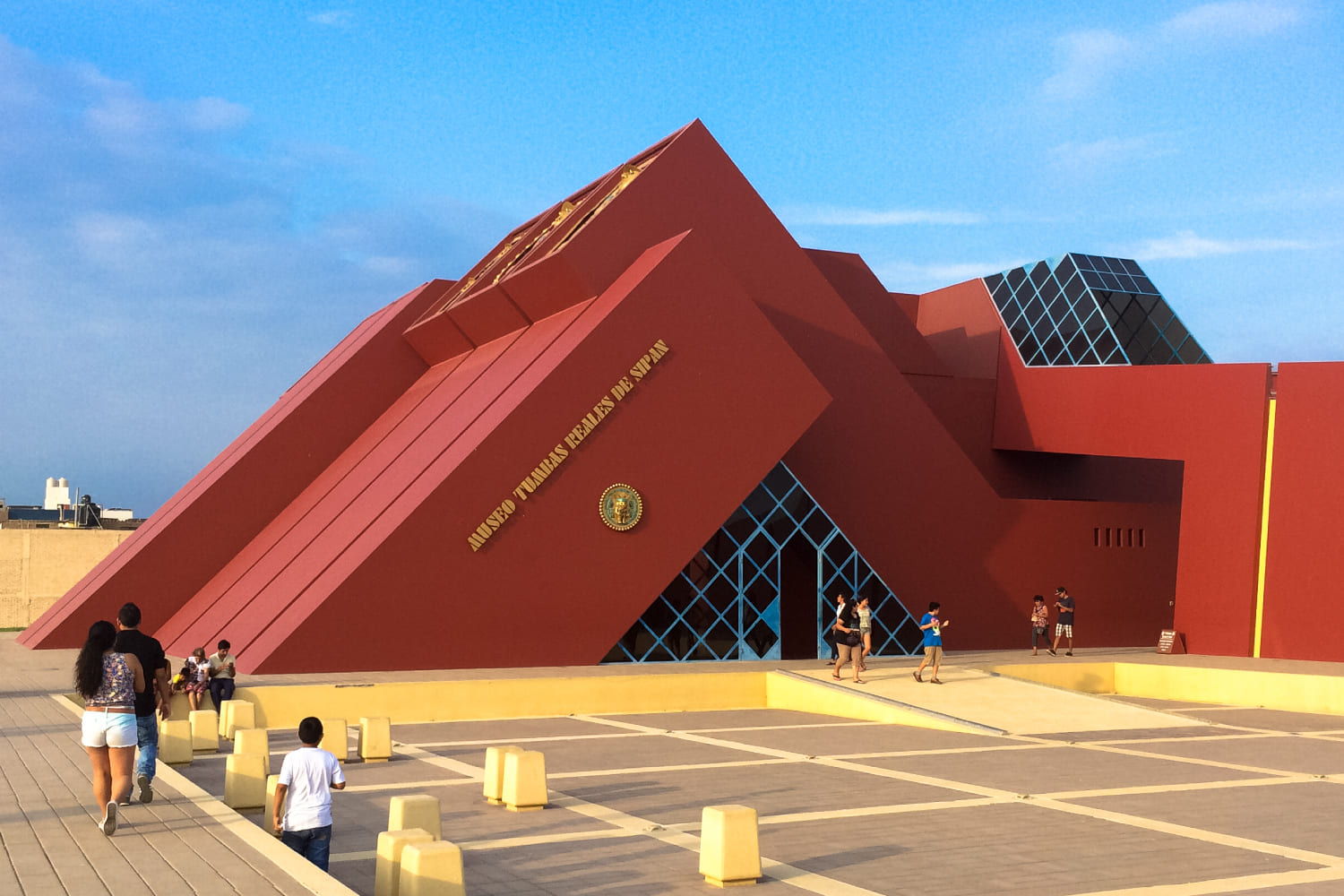
The remains of the Lord of Sipan have taken us back approximately 1,700 years. The value of her jewelry and other artifacts found in her tomb is incalculable. But, much richer is having found it in its original tomb, because this will allow unraveling the way of life of the Mochicas, one of the great pre-Inca cultures. Due to its current importance, the Lord of Sipan has already been transferred to several places in the world. It was in Germany for its restoration and in the United States, it was from museum to museum to be observed, studied and admired. So that these visits have the solemnity of the case, it is accompanied by a decoration imposed by the Peruvian government, which means a current recognition of one of the great settlers of the past. The remains of the Lord of Sipan rest in the recently inaugurated (2002) Royal Tombs of Sipan Museum in Lambayeque, where a replica of his original tomb has been made.


Visit Peru with your family or friends, and enjoy the best natural and cultural wonders. In this tour you will discover the best of northern Peru, where is one of the highest waterfalls in South America, the fortress of Kuelap, and the short route to Machu Picchu through an Inca trail, enjoying the empire of the Incas in all its greatness.


Peru was inhabited by the greatest civilizations in South America, such as the Chachapoyas and Incas. Those who have built the best engineering works, on large areas of the beautiful landscape of the Andes, and the jungle. This tour will take you to the most remote regions of Peru, where you can learn about its extraordinary traditions and rich history.

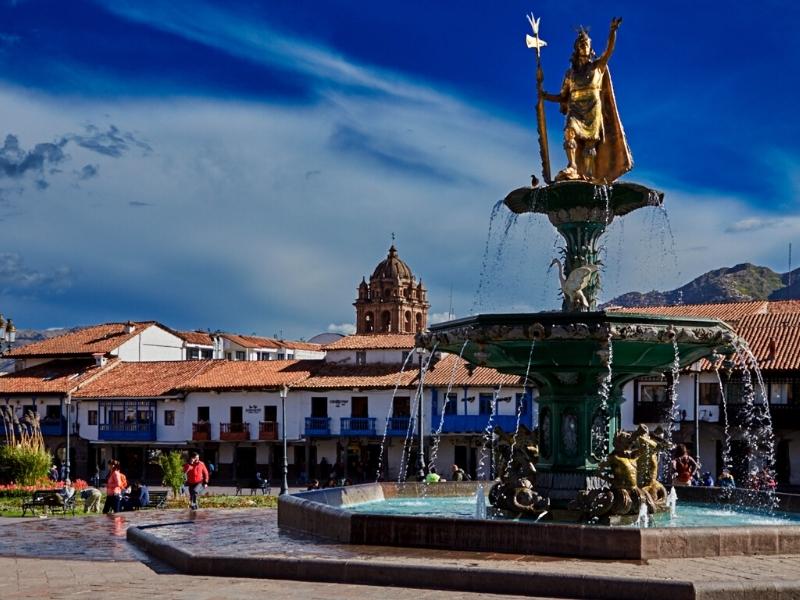
See Peru in comfort and style with Andean Great Treks. We’ll create a personalized Peru tour just for you, with the perfect mix of locations and activities. Discover the ancient Incan citadel of Machu Picchu with an expert private guide. Enjoy the epic scenery of the Sacred Valley of the Incas and the rich history of Cusco. Explore the wonders of the great green Amazon.

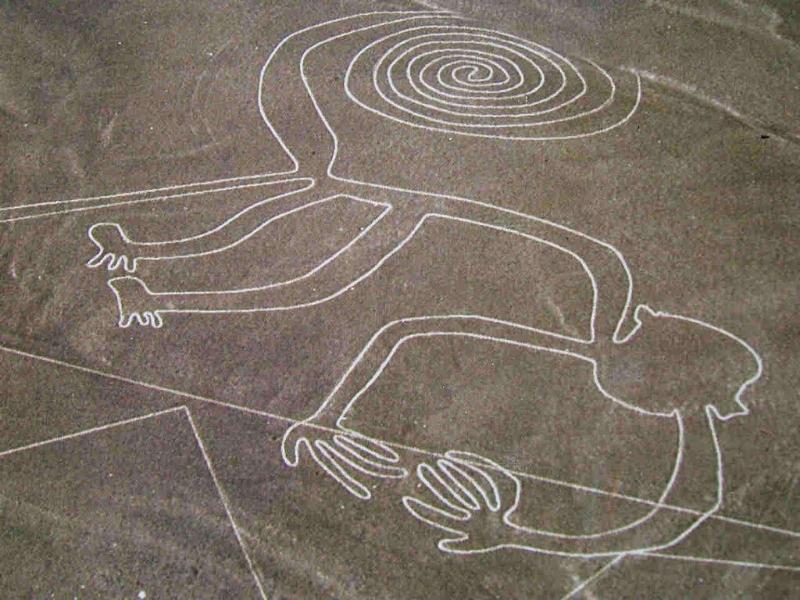
Visit Peru and discover its highlights from Lima to Cusco on an exciting journey that encompasses modern cities and ancient worlds. From the depths of the Colca canyon to the heights of the Andes and on to the unique islands of Lake Titicaca, be immersed in fascinating Peruvian culture while discovering its history buried deep within the walls of lost cities.

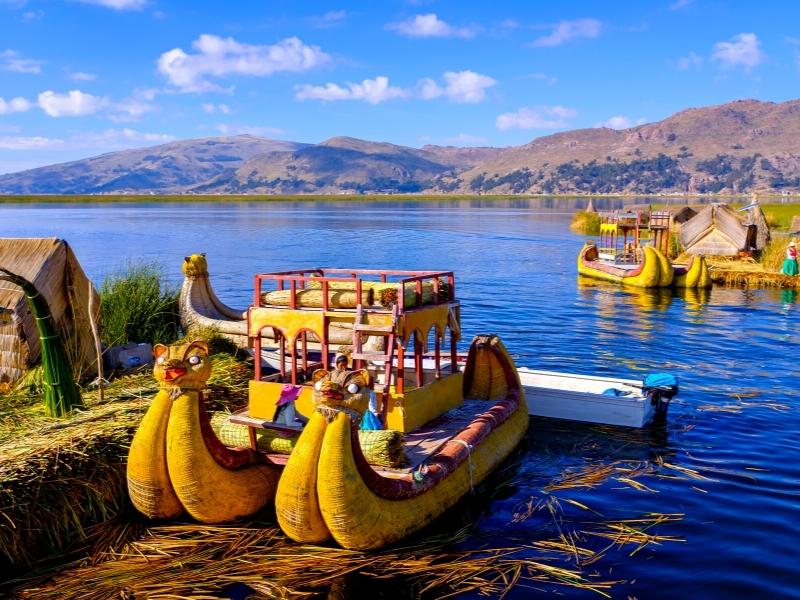
The wonders of Peru await you as you hike through the Manu Amazon rainforest, traverse the plains of the Sacred Valley of the Incas, and stroll the cobbled streets of Cusco on this 15-day trip from Lima. Search for monkeys and medicinal plants in the Amazon, travel the ancient road to Machu Picchu, experience a stay in a traditional community on the shores of serene Lake Titicaca.

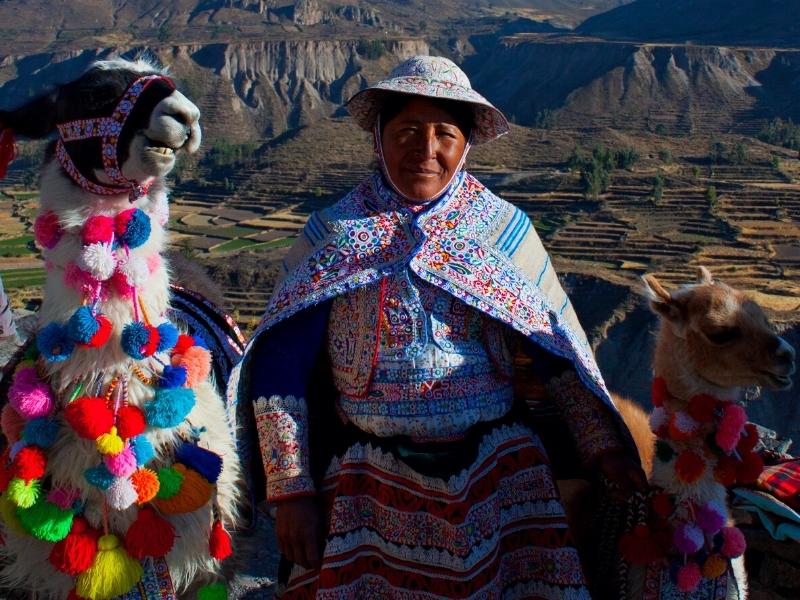
Feel the magic and the energy of Cusco and Machu Picchu, then continue to where the legend began – Lake Titicaca, to get off the beaten path and immerse yourself in the local culture and enjoy the peace and tranquility on the shores of the Lake.
